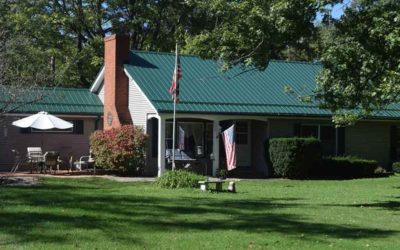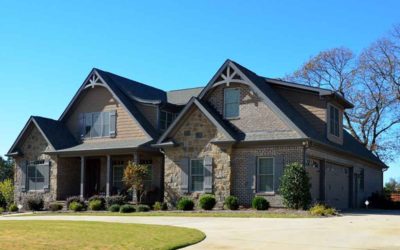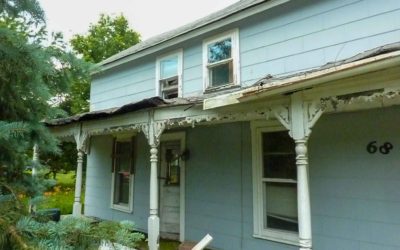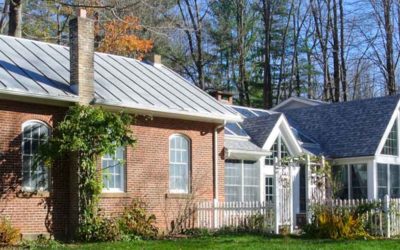Roofs… we all know where they are, so I’ll skip over that. You may think you know all about roofs. Or do you? Today’s blog will be discussing asphalt shingle roofs. My next several blog posts will cover other types of roofs and what you should know about them.
When considering a house to purchase, always ask, “When was the roof last replaced?” A typical asphalt shingle roof lasts 15 to 20 years. Don’t let the fact that the owner says they used shingles that are guaranteed to last 40 years influence you. (More on this later.) By learning when the roof was last replaced, you will have a general idea of when it will need future replacement.
Asphalt Shingles – The Most Common Roof Covering
Asphalt shingles, the part of the roof you can easily see, comes in many different configurations, designs, and colors.
The most common style used today is the architectural or dimensional asphalt shingle. These come in various designs, from a standard simple tab design, a slate-looking tile, multi-color patterns, a wood shake pattern, or even those that look like raised ceramic tile.
Older style asphalt shingles include the three-tab, hexagon-shaped, and square. These have been around since the 1940s or 1950s. Since they are less expensive than architectural shingles and easy to install, they are still in use today.
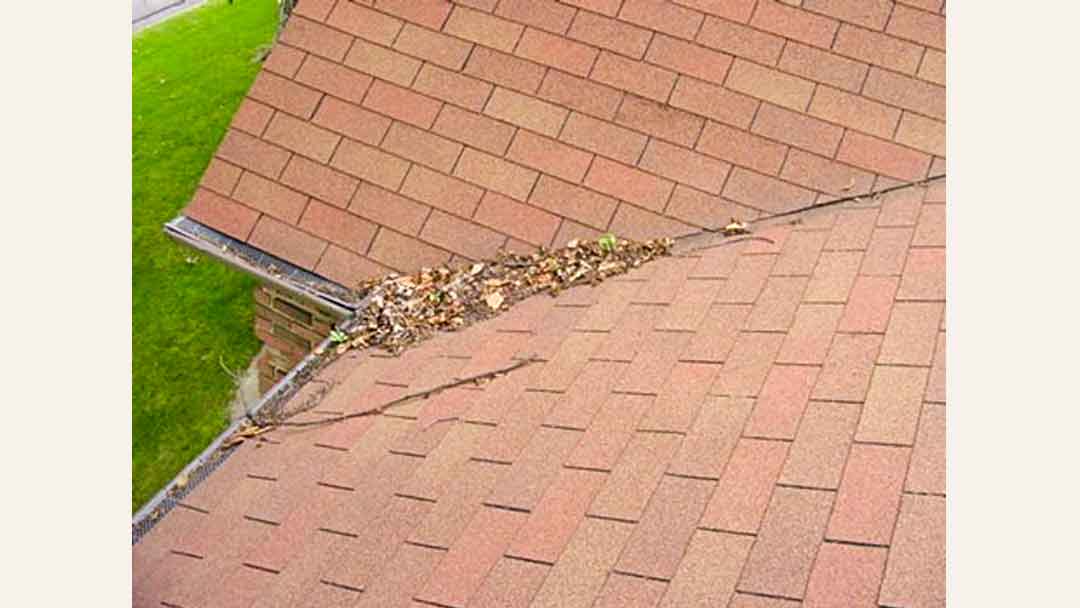
Buyer beware!
Since today’s shingles are so easy to use, it’s not uncommon to find inexperienced people looking to make a quick buck installing roofs. Always interview a roofer with such questions as:
- How long have they been in business?
- What insurance do they have?
- Are their crew employees or contractors?
- What is the warranty on their work?
- Can they provide you with referrals?
A reputable roofer will have no problem answering these questions.
I see many shingles put on incorrectly, despite the fact they are easy to install. Why? Most often, because they don’t read the instructions printed on each bundle of shingles.
What’s Included in the Price?
It’s not uncommon for a roofer to use the cheapest shingles, as they can quote a lower price to the consumer. Using staples instead of nails is another cost-cutting technique, or omitting ice guard and required flashing. (I’ll discuss these details later.) If you choose the cheapest bid, remember the saying ‘you get what you pay for.’
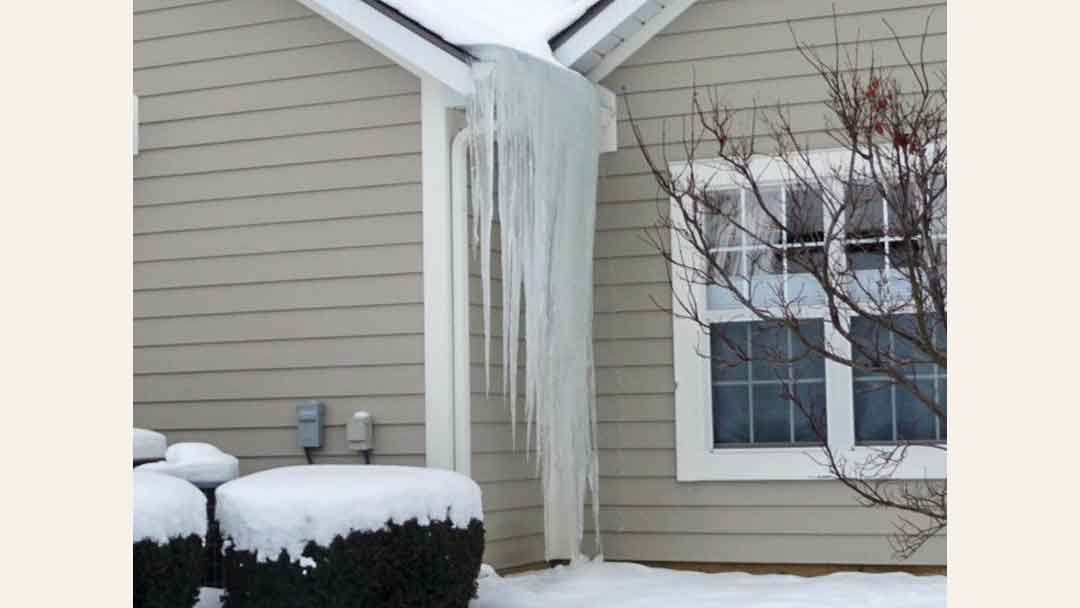
Least Expensive Does Not Mean Cheap
If you want the least expensive roof, asphalt shingles are appropriate. But be prepared for a shock. In 2000 the price of a bundle of shingles was $9; in 2021, it’s $34. These lower-priced shingles may only last between 15 to 18 years, depending on the grade of shingle and weather conditions. However, asphalt shingles are still one of the best values you can buy when it comes to roofing materials for your house.
Not all asphalt shingles are equal. A standard three-tab shingle is about 3/16″ thick. Although architectural shingles are almost twice as thick, they don’t last twice as long. Architectural shingles use stronger adhesives, and they have more granules on the top surface. And, they’re made from a better quality asphalt than 3-tab shingles.
Asphalt Shingles – Lifetime Warranty
How long does a “limited lifetime warranty” last? That depends, and it’s not the entire roof. Here is a typical warranty:
“While many factors can affect how long your roofing system will last, this warranty covers your asphaltic shingles and accessories, including the ridge vent shingles, starter strip shingles, and leak barrier products. In the unlikely event that the shingles contain a manufacturing defect this warranty provides you great coverage that is “non-prorated” during the crucial up-front period of your ownership, with continued coverage for an extended period of time afterward.”
The Lifetime Warranty covers manufacturer’s defects. The term ‘Lifetime’ is defined by the shingle manufacturer: “as long as you, the original owner or the second owner if coverage was properly transferred during the protection period, the Lifetime warranty applies only to roofing installed on single-family detached residences owned by individuals. For any other type of owner or building, such as a corporation, governmental, condominium, or homeowner association, the length of the warranty is 40 years.”
Note that this warranty is only for manufacturer’s defects. It doesn’t mean the shingles will last 40 years. There are many reasons shingles can fail other than manufacturer’s defects, such as high winds or hail.
Black Streaks – A Common Complaint with Asphalt Shingles
You may have seen ads on TV trying to sell you a service that cleans of those unsightly streaks. It must be something that needs to be removed, right? Those black streaks running down roofs are just algae, and it does not damage the shingles. As the algae accumulate, it develops a dark, hardened outer coating, which results in visible black stains.
There is some good news. When you re-shingle the roof, use algae-resistant shingles, you should see “AR” on the label of the shingle bundle. If the streaks don’t bother you or you’re not ready to invest in a new roof, leave them alone.
You may notice in areas where galvanized vents go through the roof, such as for furnaces or fireplaces, there are no algae on the roof shingles below the vent pipe. (The photo below is a good example.) The lack of algae is an indication of how to resolve the problem.
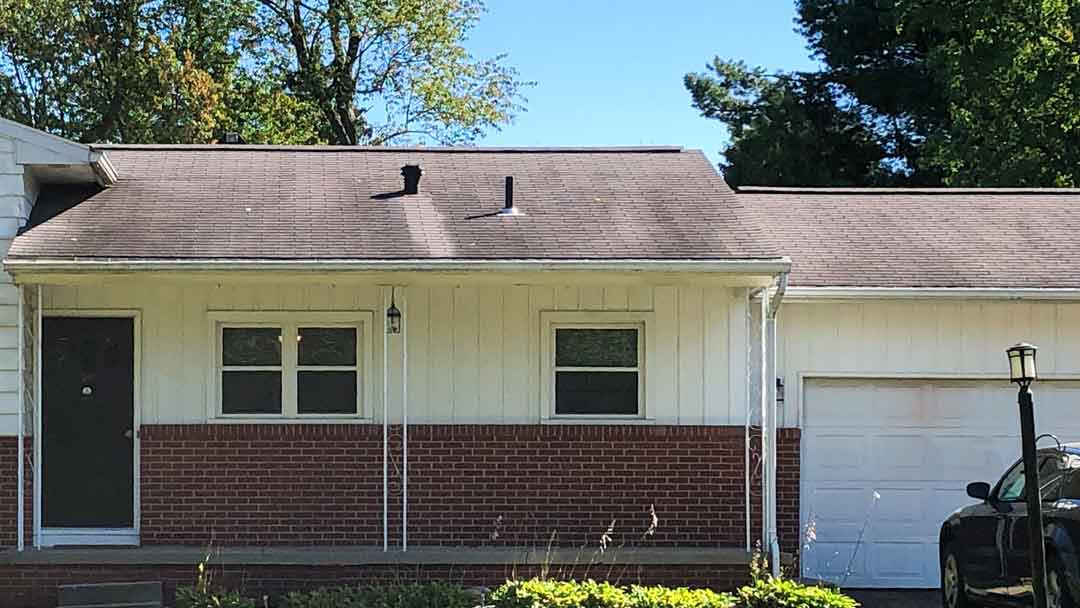
Installing zinc or copper strips along the top course of shingles can help. When rain hits these strips, a solution is produced that runs down the roof and keeps algae, moss, and fungus from growing. However, the strips may not eliminate the existing algae.
If the black streaks bother you, you can always hire a company to wash your roof with chemicals to clean the roof. But, remember, power washing can cause damage to the asphalt shingles, so chemical cleaning only!
There’s More to a Roof than Shingles
Essential parts of the roof which many people don’t consider are flashing and ice guard.
Flashing
Flashing looks like thin metal pieces and is needed to prevent water from entering a hole or gap in the roof covering. It’s critical to specific areas of your roof – namely, the places where the roof surface meets a wall (sidewalls and front walls), the low points where two roof slopes meet (called valleys), roof protrusions (bathroom/kitchen vents, skylights) and the roof’s edges (rakes and eaves).
While most roofers install flashing, often they want to reuse the old flashing. Unfortunately, they often reinstall it improperly. The problem is that you can’t see this from the ground. And, let’s face it, you most likely won’t go on the roof to check. If you’re spending the money to put on a new roof, do it right and insist on new flashing.
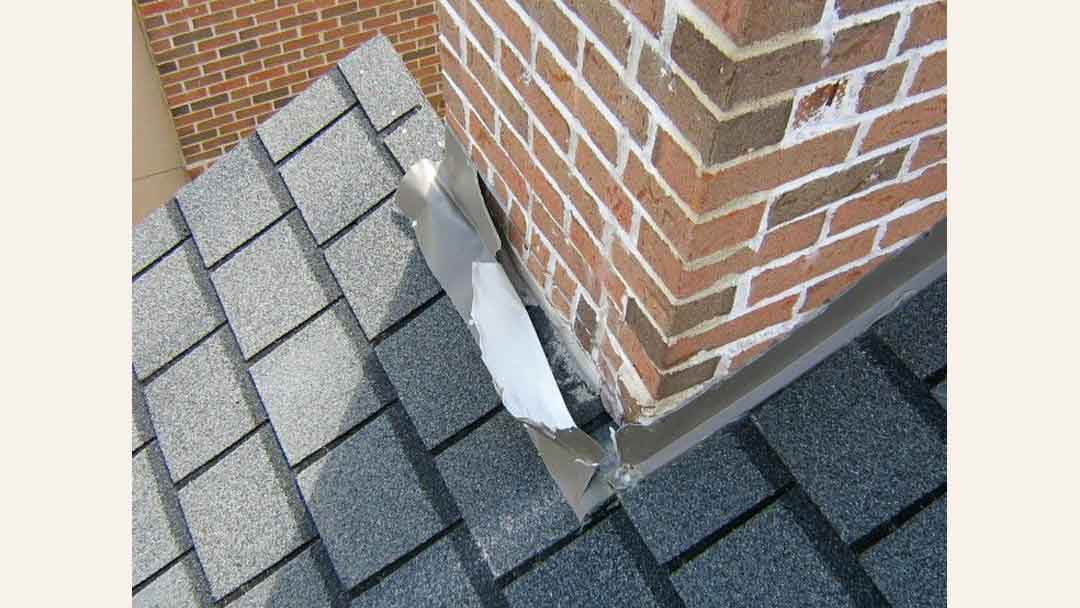
Where a gutter abuts a wall, kick-out flashing is needed. Kick-out flashing keeps the water that runs off the roof from going through the gap between the gutter and wall. When water runs down the wall, it can damage the wall covering or get behind the wall covering, causing damage to the framing.
Ice guard
Ice forming along the eaves (at the gutters) causes a backup of water, resulting in an ice dam. In areas where ice dams occur, a rubber-looking membrane, called ice guard, is required instead of standard underlayment. The ice guard extends from the lowest edges of the roof surface to at least 24 inches inside the exterior wall line. Although not required, it’s also a good idea to have ice guard under the shingles of roof valleys.
To see this membrane, you need to climb to the edge of the roof and lift a shingle. It’s not uncommon for roofers to omit ice guard (as in the photo below), as it saves money, and they can submit a lower bid.

Cost Proposal
When you’re getting a proposal for a new roof, make sure everything is included. It should consist of:
- A list of all materials. (Including flashing.)
- Ice guard, if you live in an area that receives snow.
- Municipal permits or inspections, if required in your area.
- State and local taxes, as appropriate.
Asphalt Shingle Roofs
So, there you have the highlights of roofs utilizing asphalt shingles. In my next post, I’ll discuss metal roofs, which seem to be gaining in popularity.
Are you in the market for a new house? Don’t miss my blog post Is a Home Inspection Necessary Before Buying a House?
Considering a House with a Metal Roof?
What do you need to know about metal roofs when searching for your new home?
You Need to Be Prepared in a Competitive Housing Market
Headlines are screaming “It’s a competitive housing market!” What does that mean for you? How does it effect your search for a house?
What Should I Do During a Home Inspection?
You’ve found the house, and the inspection is scheduled. Now you may be wondering “What should I do during the home inspection?”
What’s Needed to Pass a Home Inspection?
You’ve decided to have the home you put a contract on inspected. Now, you may be wondering, “What is needed to pass a home inspection?”
What’s Included in a Home Inspection?
As we established previously, a home inspection is simply to provide an assessment of the current condition of the property. There are numerous components of a house, not all of which are visible. But a good home inspector knows where to look to find clues which will assist in the final assessment. The following is a brief overview of what’s included in a home inspection.
Is a Home Inspection Necessary Before Buying a House?
Let’s face it. Buying a home is, most likely, the largest expense you will ever make in your life. This should be the time you want to make the best possible decision and the only way you can do that is to make an informed decision. The best way to make an informed decision is to have the home you wish to purchase inspected by a professional.


